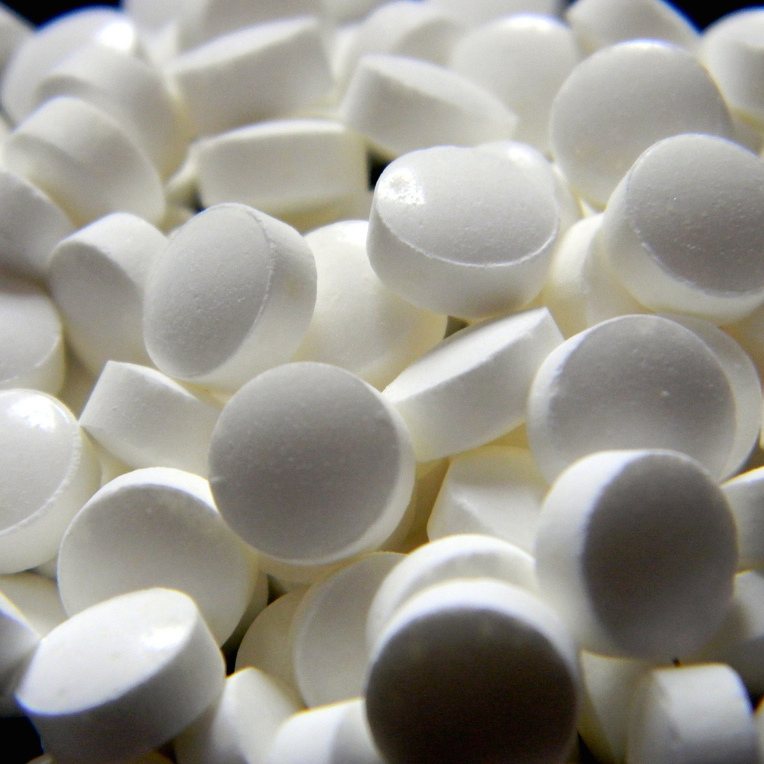Stoke-On-Trent — Usually when we reference Stoke-on-Trent on cfile.daily, we’re talking about something like Wedgwood Pottery, but the clay biz runs deeper over there than ceramic art. Case in point: materials company Lucideon, which recently told the Telegraph they created a ceramic pill that can fight the risks that come with opioid addiction.
Opioid addiction is a big problem in the states, so much so that the CDC classifies it as an epidemic. As an illustration, I used to work at a newspaper in a small New Mexican town with a notorious drug overdose problem. As part of my job I had to go to the state health department each year to pull autopsy files and determine which of those deaths were caused by drug overdoses. One would assume that the majority of these overdose deaths would be from illicit drugs such as heroin, but that is not the case. The pharmaceutical industry killed far more people in that town than lowly, two-bit drug dealers. It wasn’t even a contest. Most often these deaths were caused by prescription painkillers, usually in conjunction with alcohol.
According to Lucideon their ceramic pill targets that behavior. With conventional painkillers, one can leach more opiates from the pill faster with alcohol. But…
“Ceramics can be very porous,” explains Tony Kinsella, the boss of the business. “We put the drug into the pores of the ceramic, which means it can’t dissolve in whisky. It will only come out when the material hits the stomach.”
The ceramics target another type of behavior: heating pills for the opiates and injecting them. The ceramic pills prevent that because the drug will burn off long before the material does.
Their pill won’t magically “cure” an opiate addiction, but it could tap the brakes on it, hopefully giving the addict enough time to shake the monkey off their back. That could prompt some addicts to graduate into heroin faster, but there’s an opportunity for prevention as well. The firm told the Telegraph the same pills can be used to manufacture slow release drugs, meaning someone could take one pill a week as opposed to many. It’s there where we’ll probably see the most good.
Bill Rodgers is the Managing Editor of cfile.daily.
What do you think about this innovation in contemporary ceramics? Let us know in the comments.

This makes a lot of sense at many levels, anything that can pull back the reins on drug use and even reduce how often someone had to use a medication is innovative indeed. The body does not reject ceramic, especially if it is elementally based on bone… I’ll be watching for more intel on this!